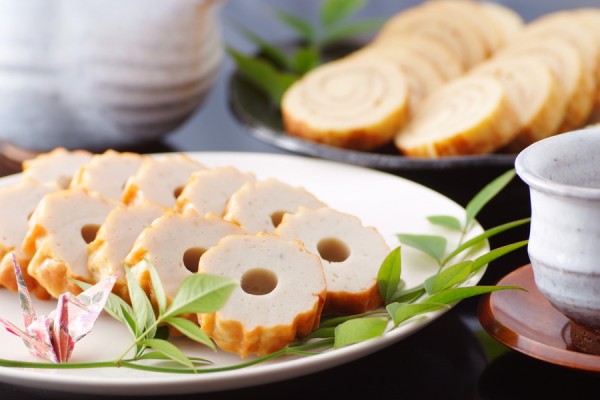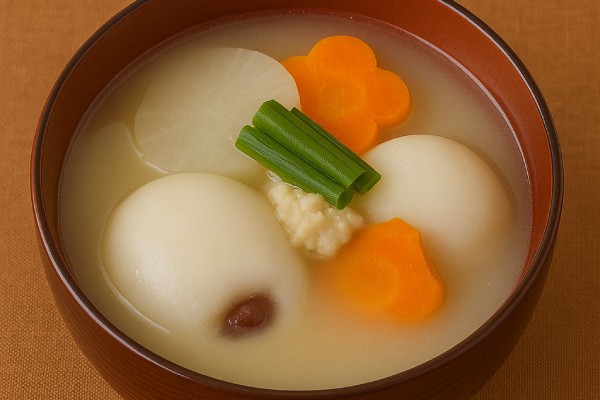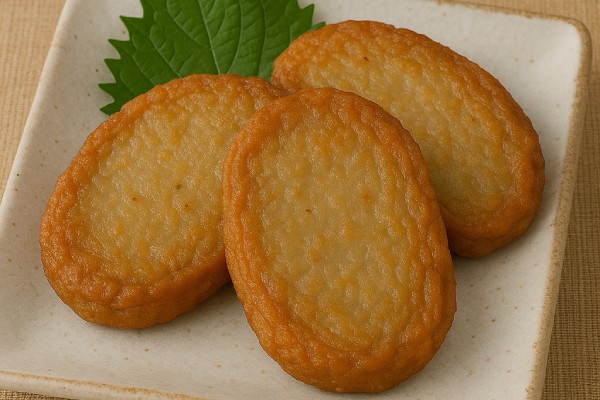Regional Cuisine of Japan: The Chūgoku and Shikoku Region's Local Specialties
In Japan, there is a special kind of food called “Kyōdo Ryōri” (郷土料理), which means regional or local cuisine. Various regions have developed their own unique food cultures and these traditional dishes have been passed down through generations in different parts of the country. Each region has its own unique ingredients, cooking methods, and flavors, often shaped by the local climate, geography, and culture.
Kyōdo Ryōri isn’t just about eating—it’s a way to experience the local history, traditions, and lifestyle of each area in Japan. If you're traveling in Japan, trying these regional dishes is one of the best ways to connect with the culture and the people.
In this article, we will introduce the major Regional Dishes from Chūgoku and Shikoku region.
Kani-jiru (Crab Soup)
This miso-based soup is made by simmering halved female snow crabs together with sliced daikon radish. The crab’s eggs and tomalley add rich depth, offering a unique flavor distinct from that of the male snow crab (matsuba-gani).
Ago-no-yaki (Grilled Flying Fish Chikuwa)
“Ago” refers to flying fish, which are in season from May to July. Ago-no-yaki is a chikuwa (fish cake) made with fresh ago. It is a beloved seasonal delicacy of early summer in Tottori, enjoyed grilled or as sashimi.

Izumo Soba
Izumo soba is made using whole buckwheat grains, ground with their skins in a stone mill, creating dark, fragrant, and chewy noodles. The most iconic way to enjoy them is as wariko soba, served in stacked lacquered bowls. The broth is said to balance aroma, flavor, and umami equally.
Shijimi-jiru (Clam Soup)
This soup uses large, black Yamato shijimi clams harvested from Lake Shinji. After careful sand removal, the clams are cooked and seasoned with either soy sauce or miso to taste.
Bara-zushi
A colorful and eye-catching sushi dish made by artfully arranging fresh seafood and seasonal vegetables on vinegared rice. It is a signature local specialty of Okayama.
Mamakarizushi
“Mamakarizushi” features a small, blue-backed fish called sappa, which belongs to the herring family. The fish is commonly pickled in vinegar, grilled with salt, or deep-fried.
Kaki no Dotenabe (Oyster Hot Pot with Miso Walls)
In this unique hot pot, miso is spread like a wall along the inner rim of the pot. As oysters, tofu, and vegetables simmer, diners adjust the flavor by gradually mixing in the miso.
Anago-meshi (Grilled Conger Eel on Rice)
Rice is cooked in a broth made from eel heads, bones, and kelp, then topped with tender grilled anago (conger eel) glazed repeatedly with a sweet soy sauce.
Fugu Cuisine (Pufferfish Dishes)
Fugu is served as sashimi, hot pot (chiri), and porridge (zōsui). The paper-thin sashimi is garnished with scallions, grated daikon with chili (momiji oroshi), and citrus soy sauce. The creamy shirako (soft roe) is also a delicacy.
Iwakuni-zushi (Pressed Sushi)
Layers of vinegared rice and flaked fish are packed into a wooden mold, topped with sliced omelet, Iwakuni lotus root, seasoned shiitake mushrooms, and separated with banana leaves. The process is repeated to create a colorful layered sushi.
Soba-gome Zōsui (Buckwheat Grain Porridge)
This dish features dehulled, boiled buckwheat groats in a light porridge. It originated in the remote Iya Valley, said to have sheltered Heike clan refugees after the Genpei War.
Bōze no Sugata-zushi (Whole Fish Sushi)
“Bōze” is the Tokushima name for a fish also called ebodai or ubozu elsewhere. The whole vinegar-cured fish is stuffed with vinegared rice flavored with sudachi citrus juice.
Sanuki Udon
Kagawa’s mild climate and access to quality wheat, salt, soy sauce, and dried sardines helped establish this strong, chewy noodle. Sanuki udon is enjoyed in many ways—hot in broth (kake), chilled with dipping sauce (zaru), with thick broth (bukkake), or with raw soy sauce (nama shōyu).
An-mochi Zōni (Sweet Red Bean Mochi Soup)
A unique New Year’s soup featuring round mochi filled with sweet red bean paste. The broth is made from dried sardines and white miso, with sliced daikon and carrots to symbolize family harmony and good fortune.

Uwajima Tai-meshi (Sea Bream Rice Bowl)
This local dish features fresh sashimi of sea bream from the Uwajima coast. It’s served over hot rice with a raw egg, special soy-based sauce, seaweed, sesame seeds, and other toppings. The dish is mixed vigorously before eating to highlight the freshness of the fish.
Jakoten (Fried Fish Cake)
Small fish like hotaru-jako (young silver-stripe round herring) are ground whole—bones and all—shaped into patties, and deep-fried. Affordable, nutritious, and tasty, they’re enjoyed as snacks or side dishes.

Katsuo no Tataki (Seared Bonito)
This beloved dish features bonito seared on the outside while still raw inside. It can be served warm or cooled, seasoned with salt, soy-mirin sauce, ponzu, or vinegar with sake. Spring katsuo is appreciated for its fragrance, while the fall version is rich with fat.
Sawachi Ryōri (Platter Banquet Cuisine)
A centerpiece of feasts in Kōchi, sawachi ryōri is a lavish spread of sashimi, tataki, sushi, steamed sea bream, somen noodles, fruits, and more, all arranged on large communal platters for sharing.
update